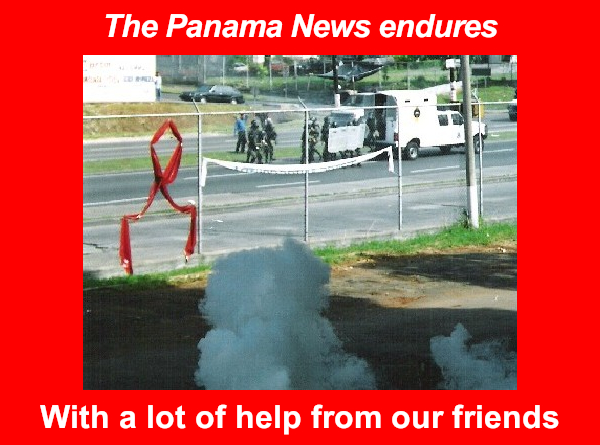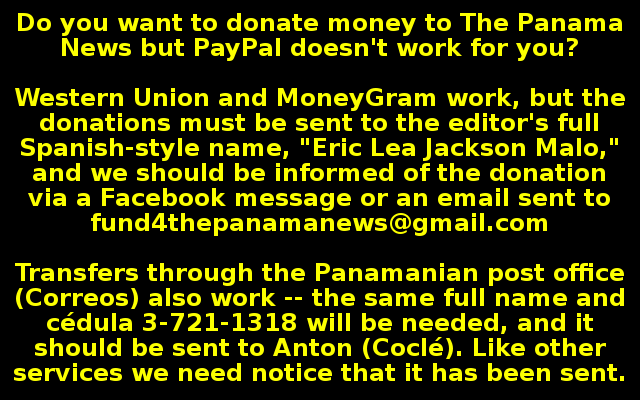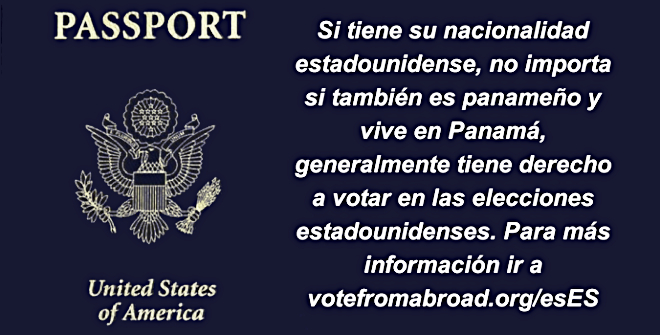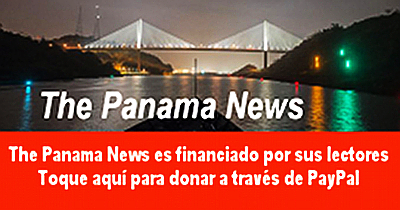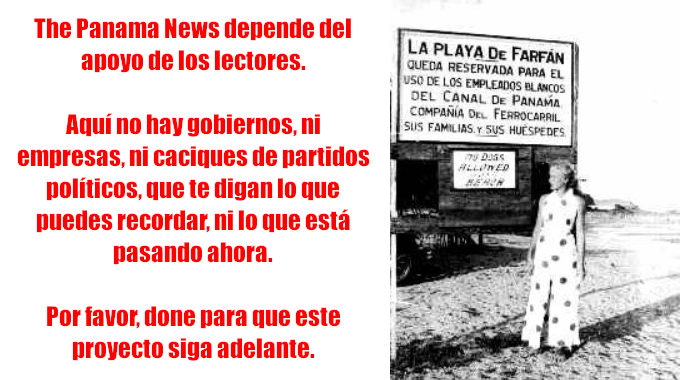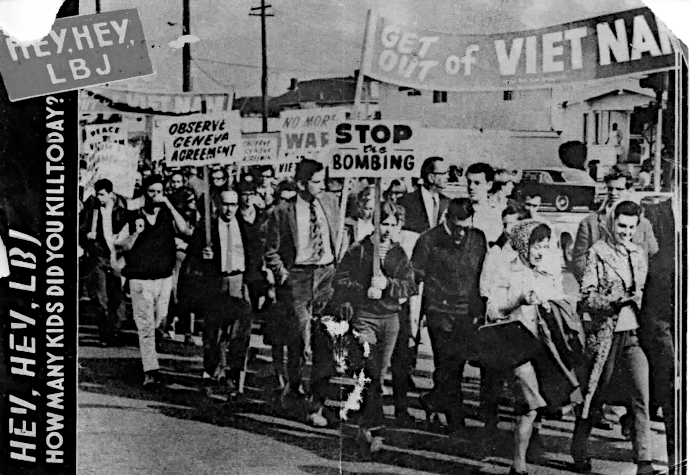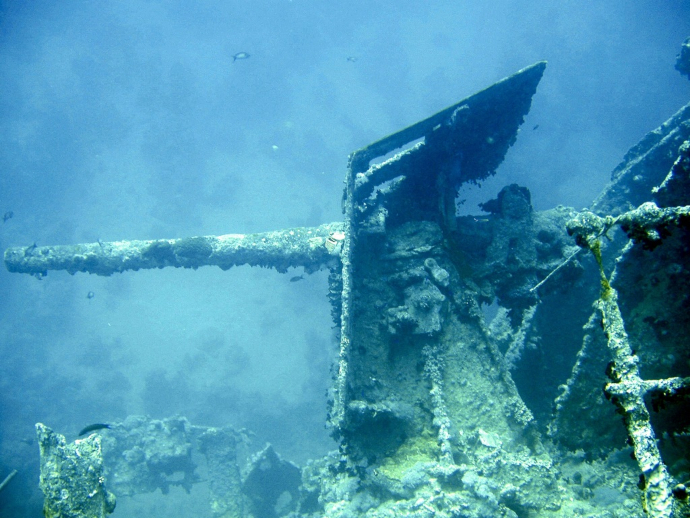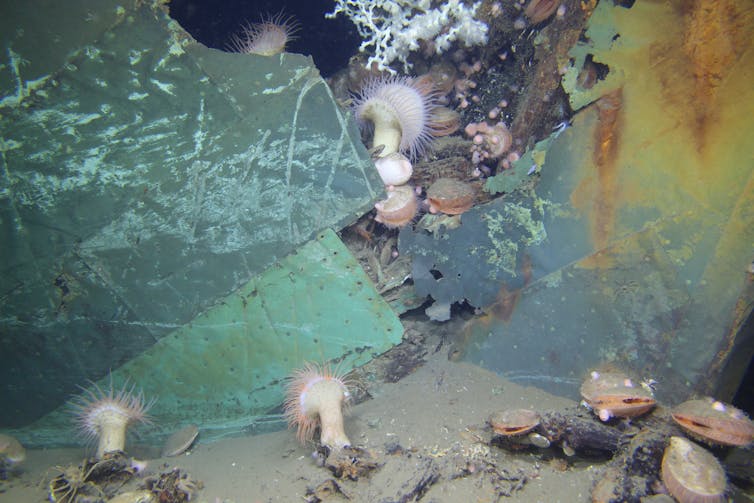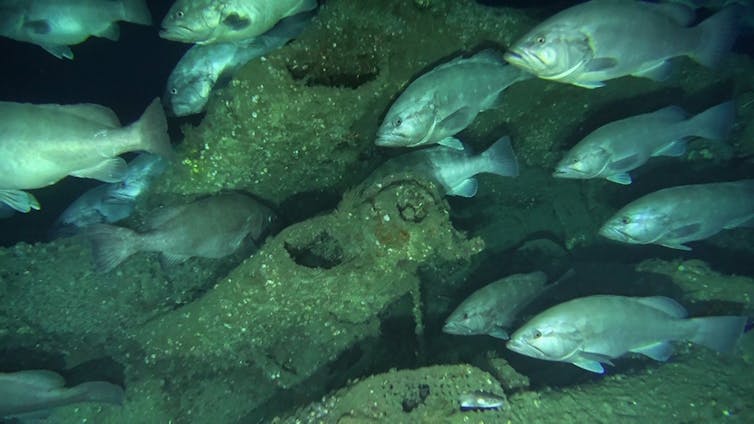October 16 in the ruins of Khan Younis, Palestine. Prime Minister Netanyahu is accused of betraying his oath of office, and the litany of his mishaps and acts of corruption make him a dangerous liability to Israel. He must leave office now before he inflicts further irreparable harm on top of the greatest tragedy that Israel has endured under his watch. Photo by Mahmoud Fareed – Wafa.
Netanyahu must go before he causes
further irreversible harm to Israel
by Alon Ben-Meir
Regardless of how the Israel-Hamas war is concluded, no one in Israel should ever forget how, under his watch for nearly 15 consecutive years, Netanyahu pushed Israel downhill toward the abyss. Despite its miraculous achievements since its establishment in 1948, today’s Israel has reached its nadir, and no one has contributed to its present darkest chapter more than Netanyahu. Sadly, Netanyahu, who could have emerged as one of Israel’s greatest leaders ranked with Prime Ministers David Ben-Gurion and Yitzhak Rabin, squandered his impressive early economic and national security achievements. His ideological bent against the Palestinians, inborn dishonesty, and insatiable lust for power blinded him to a point where he could no longer decipher what was best for the country, instead placing his self-interest above that of the nation.
The litany of Netanyahu’s disastrous policies and personal conduct is long and most troubling. Given the current state of affairs in Israel, his continuing stewardship could steer the country to an even darker alley from which it will not exit without sustaining irretrievable damage to its future while betraying the very reason behind its being. Netanyahu is accused of the following egregious political and immoral conduct, for which he must be held accountable.
Forming the most extremist government
In December 2022, Netanyahu formed the most extremist right-wing messianic government in Israel’s history. This government precipitated the alienation of Israel from its allies, harassing and forcing many Palestinians out of their land, polarizing the Israeli public, increasing the threat of its enemies, weakening its national security preparedness, and trying to rob the judiciary of its powers to save his skin from the three pending criminal charges against him. The government includes several ministers with criminal records, including Ben-Gvir and Deri, whose conduct and policies have harmed Israel more than any other ministers in Israel’s history.
Subordinating the judiciary
From the first day Netanyahu formed his current government, he exerted every ounce of his energy to “reform the judiciary,” a code for subordinating the Supreme Court to elected politicians, especially allowing them to appoint judges. The judiciary, especially the Supreme Court, is the guardian of Israel’s democracy, without which the government can do whatever it pleases with no accountability, which de facto spells the end of democracy and the start of authoritarianism, which he sought with vigor. Thus far, Netanyahu has successfully passed the reasonableness clause that prevents the Supreme Court from striking down any government policy deemed unreasonable.
Compromising National Security
To justify the continuation of the occupation, Netanyahu has systematically portrayed the Palestinians as an implacable foe that poses an existential danger to Israel. He masterfully brainwashed the Israelis to believe that only by sustaining the occupation would Israel’s national security be guarded. To that end, he needed to keep the Palestinians as a perpetual enemy to justify the occupation, when in fact, Israel would have been far more secure by ending it. And he persuaded Trump to withdraw from the Iran nuclear deal, allowing Tehran to come within reach of the nuclear threshold, further endangering Israel’s security more than any time before.
Polarizing the Israelis
To serve his political agenda, Netanyahu cozied up to the right-wing and ultra-orthodox parties while widening the schism between secular Israelis and the Haredim, intensifying the distrust between Jewish and Arab Israelis, increasing the discrimination against Sephardic/Mizrahi Jews, and widening the divide between political parties while offering preferential treatment to loyalists and cronies. To be sure, the Israeli public has never been as divided between different political leanings and ethnic backgrounds as under Netanyahu’s leadership.
The building and expansion of settlements
Netanyahu has focused on building, expanding, and legalizing illegal settlements to serve his scheme to annex much of the West Bank and hammer another nail in the coffin of a two-state solution. He is allowing the settlers to harass Palestinians and confiscate their farmland and is appropriating hundreds of millions to protect the settlers while abandoning poor communities inside Israel to rot. For Netanyahu, the settlers represent the first line of defense and a central means of preventing the Palestinians from ever returning to their land.
Intensifying antisemitism
Although antisemitism has existed from time immemorial, Netanyahu’s brutal treatment of the Palestinians over the years in the West Bank has significantly contributed to the rise of antisemitism in recent years, especially in the wake of the Israel-Gaza war. The administrative detention of Palestinians, the demolishing of homes, the widespread night raids, and the use of disproportionate force to quell violent resistance while the whole world is watching have sharply contributed to the rise in antisemitism. Only a fool would assume that Netanyahu’s policies in the West Bank did not lend a hand to the upsurge of antisemitism from which Jews around the world are suffering.
Alienating the United States
No Israeli prime minister has antagonized successive American administrations more than Netanyahu. Given the unshakable US commitment to Israel’s national security, its consistent political backing, and substantial military and financial aid, it is shocking how Netanyahu dares to defy the United States and challenge its policy, especially toward Iran’s nuclear program. He often interfered in US domestic policies while openly siding with the Republican party, aligning himself with evangelical Christians and alienating Democratic presidents. He found his match with a deranged and morally corrupt Trump, who abandoned US values, which are the bedrock of bilateral US-Israel relations. The Hebrew word chutzpah (roughly translated to brazen audacity) applies more to Netanyahu than anyone else, especially concerning the United States. Earlier this year, Netanyahu stated that “Israel is a sovereign country which makes its decisions by the will of its people and not based on pressures from abroad, including from the best of friends,” which is the height of chutzpah.
Buttressing Hamas’ power
Netanyahu’s policy of playing Hamas against the Palestinian Authority and vice versa was a terribly dangerous strategy. He has allowed hundreds of millions of dollars to be funneled from Qatar to Hamas because he deliberately wanted to strengthen Hamas and weaken the PA to prevent the establishment of a Palestinian state, telling Likud lawmakers in 2019 that ”whoever is against a Palestinian state should be for” Qatar’s funding. His tragic mis-assessment of Hamas’ capabilities and intentions, believing that the PA is a liability and Hamas is an asset, and his misplaced confidence that he had complete control over Gaza and that Hamas was incapable of undertaking a massive attack against Israel was tragically negligent, especially in light of numerous warnings from IDF surveillance soldiers. Netanyahu’s preoccupation with “judicial reforms” and the criminal charges against him, and his reassignment of some of the Israeli forces that were tasked to protect Israeli communities adjacent to Gaza to the West Bank, made it possible for Hamas to commit its savagery against Israelis, for which he never apologized.
Manipulating the political landscape
No Israeli leader has as masterfully manipulated the political landscape to stay in power as Netanyahu. He regularly colludes with political leaders from within or outside his government to promote his political interests. He often reneges on promises he makes, even to his coalition partners, only to pursue his schemes to stay in power. Just like a despot, he controls the national agenda so that nothing bypasses him. He uses every parliamentarian trick to get his way while allegedly following his wife Sara’s commands on how to sideline his political rivals and punish his adversaries. To be sure, political manipulation and Netanyahu became synonymous.
Alienating World Jewry
Although Israel was created to embrace Jews from every corner of the world and offer a home, a refuge to any Jew to live freely in peace and security regardless of their political leanings, religious affiliation, or country of origin, Netanyahu betrayed all that. His policy of siding with rabbinical institutions to prevent women’s prayer at the Wailing Wall, his brutal treatment of the Palestinians, and the imposition of religious laws on secular/reform Jews have dramatically alienated world Jewry. The mutually complementary relationship between Israel and world Jewry has sunk under Netanyahu’s leadership to a level unseen since Israel’s creation.
Corruption
Netanyahu’s political and personal corruption is a characteristic that defines him. He still faces several corruption charges, including bribery, fraud, and breach of trust, raising serious questions about his leadership ethics and trustworthiness. At least in part, he made supreme efforts to “reform” the judiciary to rid himself of the criminal charges against him. Netanyahu often acts like a mafia boss, ordering his hitmen to do his dirty work. He generously rewards his loyal cronies and never shies away from shelving anyone who disagrees with him. His deviousness is common, and very few people take his word for granted. Netanyahu’s misleading statements and lies have become his hallmark.
Defying the international community
Under Netanyahu, Israel consistently opposed international efforts to recognize Palestinian statehood and defied just about every UN resolution, whether from the General Assembly or Security Council, that criticizes Israel. He strained Israel’s relations with the European community, especially in connection with the Israeli occupation. In defiance of the United States, he tried to cozy up to Russia’s Putin and refused to come to Ukraine’s aid in its war effort against Russia. He managed to be invited to China to signal to President Biden that he could always turn to the US adversary. His slimy behavior on the international stage, hopping from one European capital to the next, made him look like a second-hand salesman who tries to outsmart his would-be clients.
Writing the darkest chapter in Israel’s history
It is sadder than sad that Netanyahu, who led Israel for nearly 15 consecutive years and could have left the political scene with pride while leaving behind remarkable achievements, must now leave his office in disgrace. He has written the darkest chapter in Israel’s history by forming his current fascist government that was prepared to destroy Israel’s democracy and by bringing the Israeli-Palestinian conflict to a breakdown unlike any other since Israel’s establishment. The blood of the 1,200 Israelis whom Hamas brutally murdered and the thousands of Palestinian women and children buried in the rubble of Gaza is on his hands.
Netanyahu has lost his credibility and legitimacy to lead the country, especially in a time of unparalleled crisis, due to his dereliction of duty, misguided policies, self-absorbed character, and his desperation to cling to power to save his skin. He already wants to own the prospective win against Hamas by claiming that “This is our second War of Independence” and “This is the mission of our lives and my life.” How pathetically self-conceited can Netanyahu be in his efforts to shamefully capitalize on the greatest disaster Israel has experienced?
I disagree with those who claim that given the intensified war against Hamas and the uncertainly sweeping region, this is not the right time to force Netanyahu out of office. On the contrary, I maintain that it is precisely the right time to compel him to resign for all the above reasons and some. He must be forced to leave office now to prevent him from manipulating the conduct of the war or even prolonging it to cover his fatal mistakes and emerge like a “war hero” when he is nothing but a self-absorbed coward and a cheat.
If Netanyahu has any ounce of dignity left in him, he should resign before he is forced out of office in utter disgrace.
Contact us by email at fund4thepanamanews@gmail.com
To fend off hackers, organized trolls and other online vandalism, our website comments feature is switched off. Instead, come to our Facebook page to join in the discussion.
These links are interactive — click on the boxes












